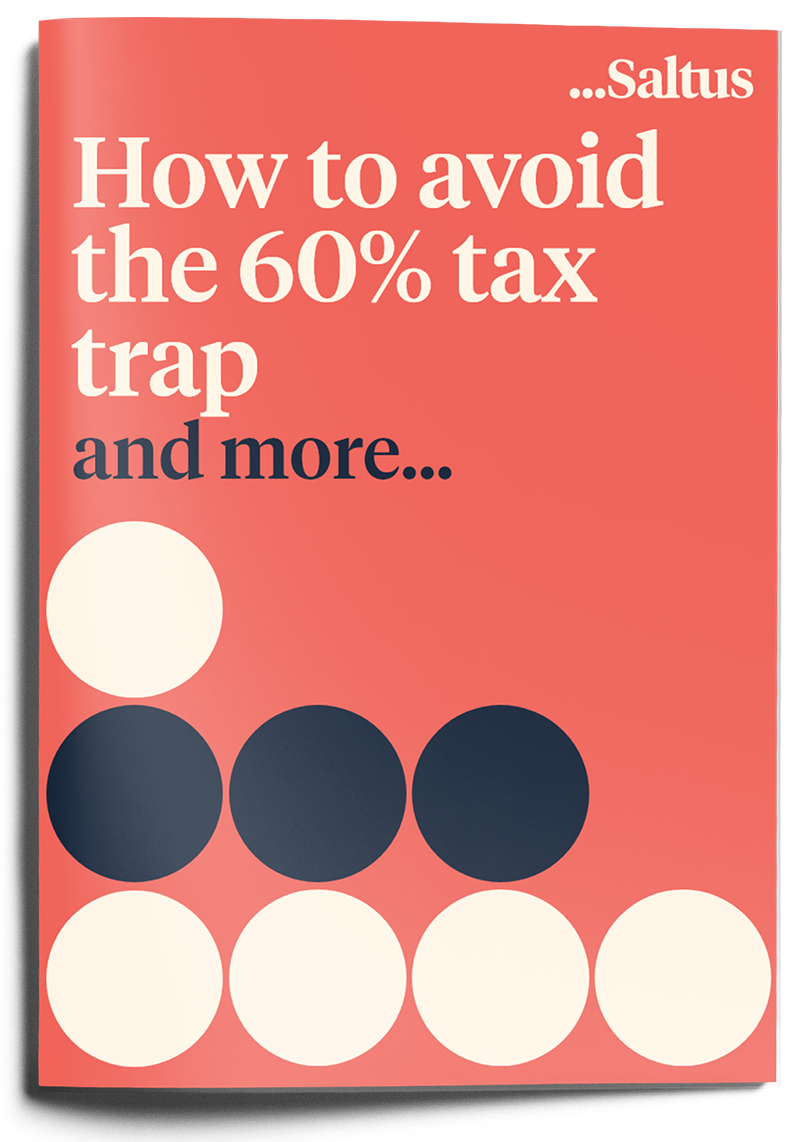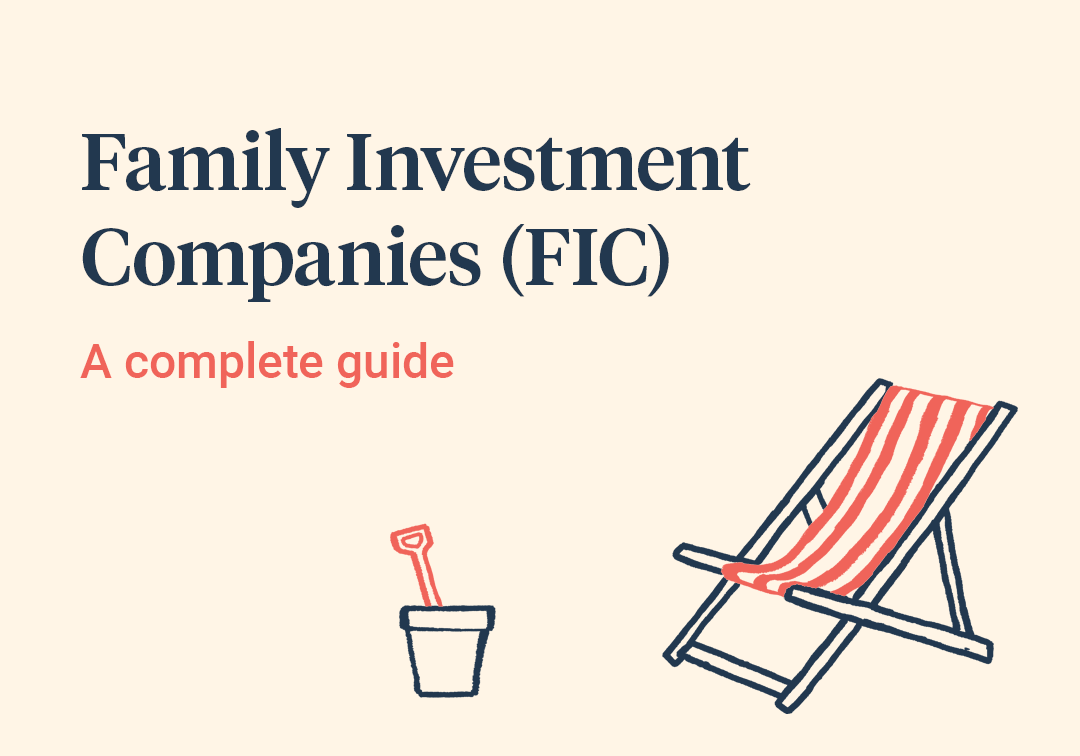As we approach the end of the 2024/25 tax year on 5th April 2025, the clock is ticking to review your financial position and ensure that you have taken full advantage of all available tax allowances and reliefs. Acting now can help you manage your tax liabilities efficiently, optimise your savings and investments, and plan effectively for the future. This article outlines the key financial actions to consider before the tax year ends. By considering these strategies, you can take advantage of available opportunities and potentially improve tax efficiencies, subject to your individual circumstances and applicable regulations.
Maximising your Individual Savings Account (ISA) allowance
There is no better place to start than the ever-dependable ISA. They remain one of the most tax-efficient savings and investment vehicles available, as any interest, dividends, or capital growth generated within an ISA is completely tax-free.[1] The ISA allowance for the 2024/25 tax year is £20,000 per person. This is the same level set since 2017/18. Importantly, this is a use it or lose it allowance, meaning that you cannot carry forward any unused portion into the next tax year.
There are several types of ISAs available, each catering to different financial goals. These include:
- Cash ISA: This is ideal for those seeking a low-risk savings option. It has become more attractive in recent years due to the rise in interest rates.[2]
- Stocks and Shares ISA: This is better suited for individuals looking to invest over the medium to long term, accepting the potential for market fluctuations in exchange for higher returns.[3]
- Innovative Finance ISA: This option allows investment in peer-to-peer and specialist lending, which may carry higher risks but also offer potentially greater rewards than those generated by Cash ISAs.[4]
- Lifetime ISA (LISA): This is specifically designed for individuals aged 18-39 looking to save for their first home or retirement, with contributions of up to £4,000 annually attracting a 25% government bonus.[5]
- Junior ISA: This option enables parents and guardians to contribute up to £9,000 per tax year to build tax-free savings on behalf of their children. It is important to note that the child can take control of this account from the age of 16, however, cannot withdraw the money until they turn 18.[6] A Junior ISA has the option of being a Cash ISA or a Stocks and Shares ISA.
How to avoid the 60% tax trap and more…

Did you know that people earning over £100,000 can pay an effective tax rate of 60%?
If you are married or in a civil partnership, utilising both partners’ ISA allowances can protect up to £40,000 from tax annually.
Making use of Capital Gains Tax (CGT) allowances
The CGT exemption has been significantly reduced in recent years. For the 2024/25 tax year, the CGT exemption is £3,000 (a sharp decline from the £12,300 allowance in 2022/23 and the tax-free allowance for trusts is £1,500.[7] The October 2024 Budget also saw CGT rates increase, with:
- The lower rate, paid by basic rate taxpayers increasing from 10% to 18%
- The higher rate, paid by higher and additional rate taxpayers increasing from 20% to 24%[8]
From 30th October 2024, these rates will also apply to disposals of all second properties, making it more expensive for property investors to realise gains. It is important to stress however, that CGT is only payable on the gain made, and after deducting any relevant and associated costs. If you hold investments or assets that have appreciated in value, consider realising gains before 5th April 2025 to make use of your annual CGT allowance, as unused allowances cannot be carried forward.
Another core strategy is transferring assets between spouses. There is no CGT payable on spousal transfers, which enables both partners to utilise their CGT allowances. This may be an added benefit where one spouse is a basic rate taxpayer and the other is a higher or additional rate taxpayer, as they will be able to pay CGT at the lower rate of 18% as opposed to 24%. Just a reminder, this is only applicable if the property or asset is transferred to the spouse with the lower tax bracket.
Lastly, you can make use of a “Bed and ISA” transaction. This is where you move investments from an investment account (such as a General Investment Account) into your ISA. As you cannot transfer investments directly from an investment account into an ISA, a Bed and ISA transaction involves selling assets within your investment account and buying back the same holdings within an ISA. Doing so enables you to crystalise gains within the investment account (ideally up to your CGT allowance of £3,000) and move them into a much more tax-favourable wrapper (your ISA). There is no strict deadline for selling and repurchasing your holdings, but it should be done promptly to minimise time out of the market. Additionally, completing the process before the tax year ends ensures you can fully utilise your CGT allowance.
Ultimately, the recent changes with respect to Capital Gains Tax have significantly dampened the ability to implement tax planning in this area, but it remains good practice where possible to use your CGT allowance.
Do you need help with your retirement planning?
Our specialists can help you prepare for retirement and provide ongoing advice once retirement has arrived. Get in touch to discuss how we can help you.

Pension planning
Making pension contributions remains perhaps the most effective way to save for retirement whilst benefitting from immediate tax benefits. By way of a quick refresher:
- Pension contributions benefit from tax relief at your marginal rate of income tax meaning that basic rate taxpayers receive 20% tax relief, higher rate taxpayers receive 40%, and additional rate taxpayers receive 45%[9]
- There is no tax on growth within a pension
- There is no longer a lifetime allowance, meaning that you can continue to accrue pension benefits uncapped (the lifetime allowance was previously set at £1,073,100)
- You can withdraw 25% of your accrued pension benefits tax free (capped at 25% of the previous lifetime allowance, or £268,275), with the remainder being taxable at your marginal rate of income tax at the point you start taking an income[10]
Whilst the Government has indicated that from April 2027, pension death benefits will form part of your taxable estate on death and be liable to Inheritance Tax, we remain confident that continuing to build your pension pot remains a tax-efficient strategy.[11]
The annual pension allowance for 2024/25 is £60,000 or 100% of your relevant UK earnings, whichever is lower.[12] This allowance is tapered down to a minimum of £10,000 for individuals with an adjusted income above £260,000.
A key advantage of pension contributions remains the ability to carry forward unused allowances from the previous three tax years (to the 2021/22 tax year), allowing those with sufficient earnings to make larger contributions whilst still benefiting from tax relief. If you are employed, the starting point is to check with your employer to see if there is scope for increasing workplace pension contributions; particularly if your employer offers matching contributions. For self-employed individuals, making pension contributions through a limited company has the added benefit of reducing corporation tax liabilities, making this a particularly valuable strategy. Furthermore, even if you have no earnings, you can still make a gross pension contribution of up to £3,600 annually and still benefit from tax relief, with the contribution only “costing” £2,880 due to 20% basic rate tax relief.
The 60% income tax trap
For those individuals earning over £100,000 it is worth highlighting that you might be paying 60% tax on your income between £100,000 and £125,140.
Every individual in the UK has a personal allowance of £12,570, under which any income earned is tax free. Unfortunately, this is reduced by £1 for every £2 that you earn over £100,000, so that by the time you earn £125,140 you have effectively lost your entire personal allowance.
By way of example, were you to earn £120,000, then £20,000 of this income would be taxable at 40% as standard (£8,000 in tax). However, by losing £10,000 of your personal allowance, this means that £10,000 more of your income will also be taxed at 40% (so a further £4,000 in tax).
The additional £20,000 has cost £12,000 in tax – or 60%. This can be mitigated by making a pension contribution.
By making a gross pension contribution of £20,000, you would be able to reduce your taxable income back down to £100,000, fully reinstating your personal allowance, reducing your tax bill and bolstering your pension savings.
It is worth noting that a similar outcome can be achieved by making charitable donations that are eligible for Gift Aid (more information about Gift Aid can be found here: A guide to Gift Aid | Saltus).
For a more detailed explanation, we have an in-depth article available (Earning over 100k? How to avoid the 60% tax trap | Saltus). Feel free to explore it for additional insights or consult a trusted financial adviser for personalised guidance.
Inheritance Tax (IHT) planning
Inheritance Tax planning has certainly been a hot topic following the October 2024 Budget, with a raft of changes brought in under the Labour Government. The standard IHT threshold is £325,000, with an additional £175,000 residence nil-rate band (RNRB) available when passing property to direct descendants.[13] Any assets above these thresholds are taxed at 40%, which can create a significant burden for beneficiaries.
Whilst the annual IHT exemptions are fairly limited, like those relating to CGT, they are worth making use of as long as they fit within your overall financial plan:
- There is an IHT Annual Exemption of £3,000 per tax year, and you can carry forward any unused allowance from the previous year. This means that married couples can potentially make gifts of up to £12,000 by using both the current and the previous year’s exemptions.
- You can also make gifts of £250 to as many different people as you like, provided you have not also gifted them £3,000 under the annual exemption noted above.
- Lastly, gifts out of surplus income are also not liable to IHT. For clients who are concerned about pensions now falling within the taxable estate for IHT purposes, this is a potentially attractive gifting strategy. However, it is important to stress that the changes announced in the budget do not take place until April 2027 and may change. Additionally, drawing an income from your pension may be liable to income tax at your marginal rates.
Do you need help with your retirement planning?
Our specialists can help you prepare for retirement and provide ongoing advice once retirement has arrived. Get in touch to discuss how we can help you.

Additional tax planning considerations
Changes to allowances in 2024/25 also impact dividend income and personal savings. The Dividend Allowance has been reduced from £1000 (2023/24 tax year) to £500, with any dividends received above this amount being taxed at 8.75% for basic rate taxpayers, 33.75% for higher rate taxpayers, and 39.35% for additional rate taxpayers.[14] The Personal Savings Allowance (PSA) remains at £1,000 for basic rate taxpayers and £500 for higher rate taxpayers.[15] Additional rate taxpayers do not receive a PSA.
For those seeking tax-efficient investments beyond ISAs, the Enterprise Investment Scheme (EIS), Venture Capital Trusts (VCTs), and Seed Enterprise Investment Scheme (SEIS) can offer significant tax incentives. EIS provides 30% income tax relief and exemption from CGT after three years[16], while SEIS offers 50% income tax relief[17]. VCTs provide 30% income tax relief and tax-free dividends, making them attractive for higher earners looking to reduce their tax liability while investing in high-growth businesses.[18] These investments are deemed high-risk and are only suitable to those who have maximised the range of their tax allowances as discussed above. Before investing in any of these options, it is essential to consult a financial adviser to ensure they align with your goals and risk tolerance, as your capital may be at risk.
Time to tick things off your list
By reviewing and acting on these strategies before 5th April 2025, you can potentially minimise tax liabilities and savings. Ensuring you make full use of available allowances and reliefs is key to effective financial planning. If you need personalised advice, consider speaking with a financial adviser to tailor strategies to your individual circumstances.
HM Revenue and Customs practice and the law relating to taxation are complex and subject to individual circumstances and changes which cannot be foreseen.
Do you need help with your retirement planning?
Our specialists can help you prepare for retirement and provide ongoing advice once retirement has arrived. Get in touch to discuss how we can help you.

Article sources
Editorial policy
All authors have considerable industry expertise and specific knowledge on any given topic. All pieces are reviewed by an additional qualified financial specialist to ensure objectivity and accuracy to the best of our ability. All reviewer’s qualifications are from leading industry bodies. Where possible we use primary sources to support our work. These can include white papers, government sources and data, original reports and interviews or articles from other industry experts. We also reference research from other reputable financial planning and investment management firms where appropriate.
Saltus Financial Planning Ltd is authorised and regulated by the Financial Conduct Authority. Information is correct to the best of our understanding as at the date of publication. Nothing within this content is intended as, or can be relied upon, as financial advice. Capital is at risk. You may get back less than you invested. Tax rules may change and the value of tax reliefs depends on your individual circumstances.
About Saltus?
Find out more about our award-winning wealth management services…
Winner
Best Wealth Manager
Winner
Investment Performance: Cautious Portfolios
Winner
Top 100 Fund Selectors 2024
Winner
Best Places to Work 2024
£8bn+
assets under advice
20
years working with clients
350+
employees
97%
client retention rate



